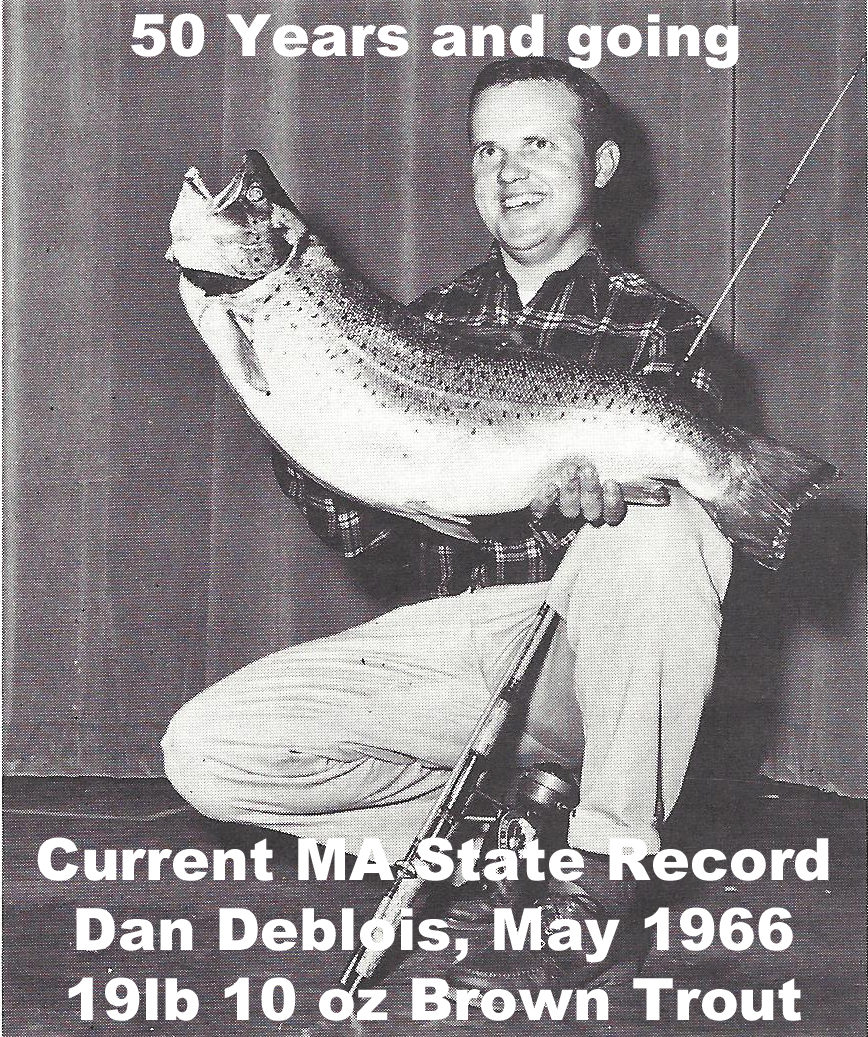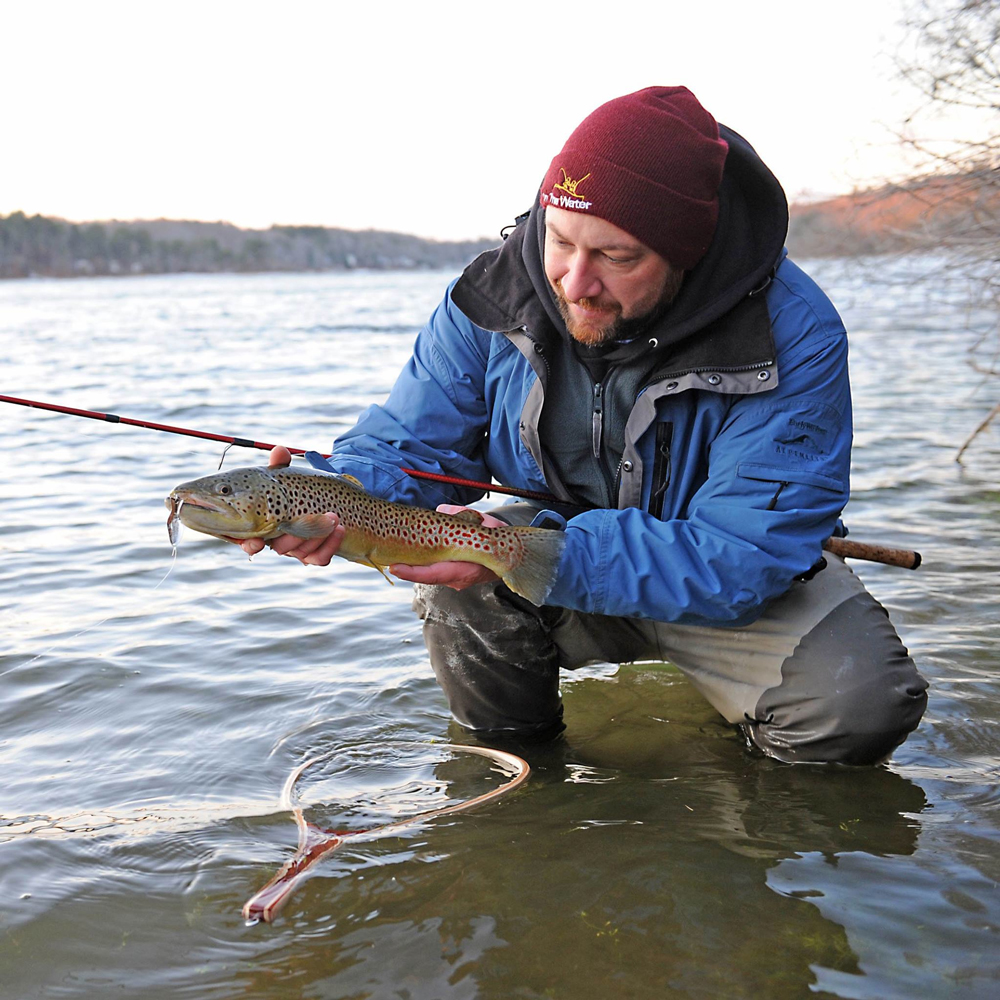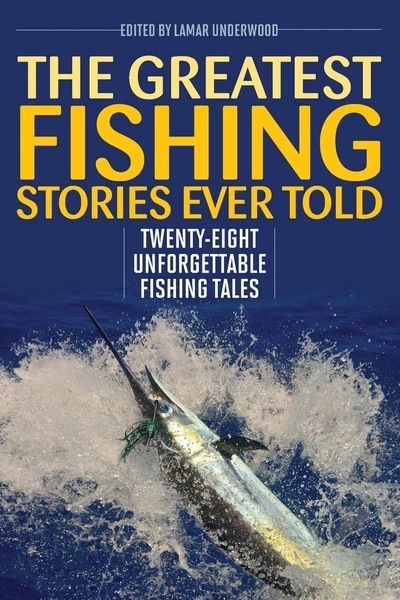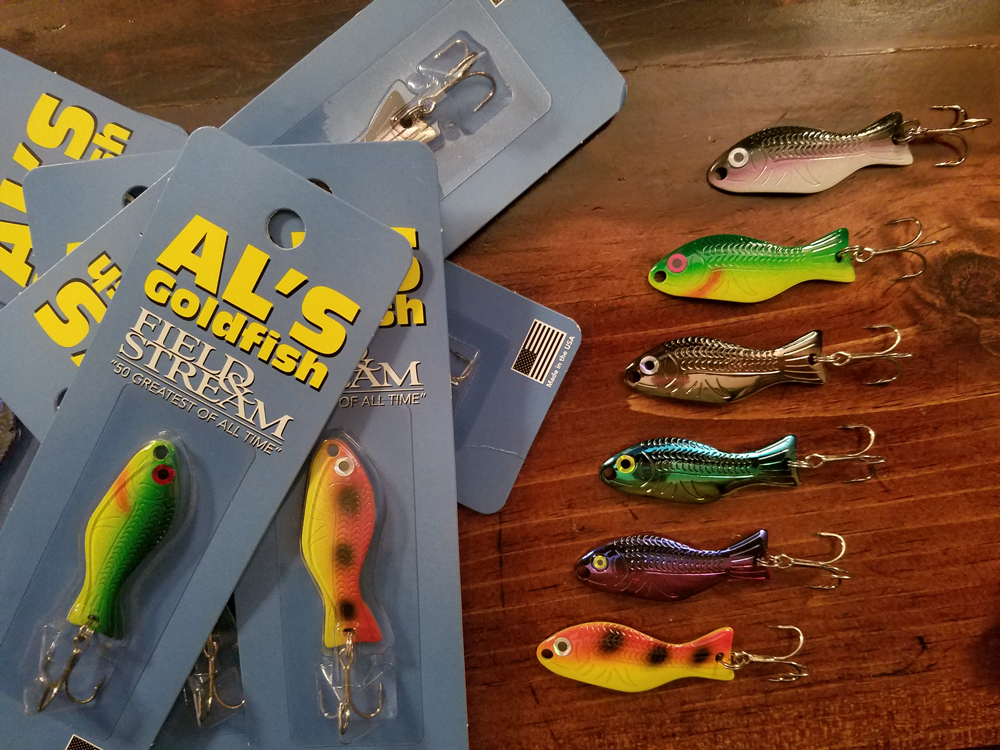Lures, those magical, fish-catching magnets, have captivated anglers’ attention since the Chinese and Egyptians first made them in 2000 B.C. They’ve been around for a long time, and with good reason. We like to catch fish.
Whether lures made from bone, wood, plastic, cork or rubber, the foundation of this house is the spoon. It’s simple and effective design provides movement and vibration, they cast a country mile, and, depending on how you work them, spoons can run either high in the water column or down deep. Add flash and color to a spoon and it’s no surprise that anglers put fish in the net.
Spoons were likely invented in Scandinavia in the 17th century and spread throughout the world pretty quickly. Their cost was low, they were easy to make, and they were very effective. At one point in time, spoons were made from a combination of silver and copper known as Sheffield plate. At another, they were produced by the British company that made, ironically enough, kitchen utensils. I wonder if a spoon was ever made from a spoon . . . ?

The Massachusetts state-record brown trout was caught on an Al’s Goldfish. The record still stands today.
You might not have heard the name Mike Lee before, but you will. He scrapped a corporate accounting job that had him traveling the world to buy Al’s Goldfish Lure Company. Older fishermen like me are well acquainted with these spoon, but that’s from a long time ago. If you were trout fishing in the 1950s, ’60s, and ’70s, the odds were high that you had several of Al Stewart’s Goldfish lures in your tackle box. One of the early fishing-television pioneers and host of Liberty Mutual’s The Flying Fisherman, Gadabout Gaddis, promoted the spoon for years.
Lee bought the struggling company in 2015 with two goals in mind. The first was to continue to manufacture the effective spoon in the United States. The blanks are made in Massachusetts, and the split rings come from Wisconsin. Both are hand-painted in Rhode Island and distributed in Maine. Made in America products are increasingly more difficult to find, and for five or ten bucks a lure, you can keep an American company alive. That’s a small entrance fee.

Trout–and all species of fish–love spoons.
But Lee’s second reason for buying the company is to build his business to employee more Americans. His native state of Maine has lost thousands of jobs over the years, most due to a loss of manufacturing. If Lee’s approach is successful, you might think of his efforts this way: he rebuilt America, one lure at a time.
I’m not sure exactly why spoons fell out of fancy. Beginners learn basic fishing techniques with spoons. In the hands of an expert, spoons offer the kind of precision necessary for enticing bass, trout, striped bass, muskies, pike, and anything else that swims to come out of their hiding places. Carry some with flash and others with natural colors, and still others with feathers and bucktail. Regardless of your choice, spoons have one commonality: they catch ’em up.
Give ’em a try. When you do you’ll tie into a fishing tradition that is almost as old as time itself.
 The Greatest Fishing Stories Ever Told is sure to ignite recollections of your own angling experiences as well as send your imagination adrift. In this compilation of tales you will read about two kinds of places, the ones you have been to before and love to remember, and the places you have only dreamed of going, and would love to visit. Whether you prefer to fish rivers, estuaries, or beaches, this book will take you to all kinds of water, where you’ll experience catching every kind of fish.
The Greatest Fishing Stories Ever Told is sure to ignite recollections of your own angling experiences as well as send your imagination adrift. In this compilation of tales you will read about two kinds of places, the ones you have been to before and love to remember, and the places you have only dreamed of going, and would love to visit. Whether you prefer to fish rivers, estuaries, or beaches, this book will take you to all kinds of water, where you’ll experience catching every kind of fish.
Read on as some of the sport’s most talented writers recount their personal memories of catching bass, trout, bluefish marlin, tuna, and more. Explore the Pacific with Zane Grey, as he fights a 1,000-pound blue marlin, or listen as A.J. McClane explains just what it really means to be an angler. Take a step back in time when you read Ernie Schwiebert’s tale of fishing a remote lake in Michigan, when he was still only a young boy. Each of these stories, selected because of its intrinsic literary worth, reinforces the unique personal connection that fishing creates between people and nature. Buy Now

